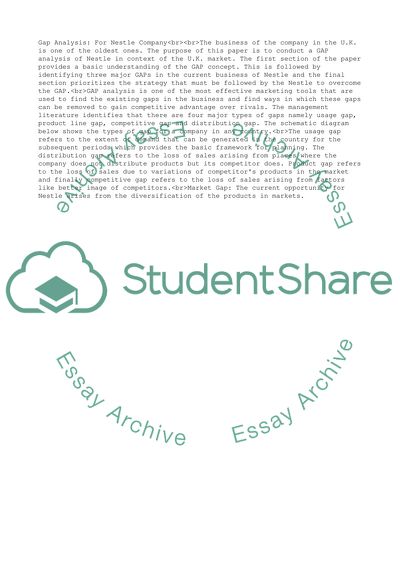Cite this document
(“Gap Analysis: For Nestle Company Research Paper”, n.d.)
Retrieved from https://studentshare.org/management/1658070-gap-analysis-for-nestle-company
Retrieved from https://studentshare.org/management/1658070-gap-analysis-for-nestle-company
(Gap Analysis: For Nestle Company Research Paper)
https://studentshare.org/management/1658070-gap-analysis-for-nestle-company.
https://studentshare.org/management/1658070-gap-analysis-for-nestle-company.
“Gap Analysis: For Nestle Company Research Paper”, n.d. https://studentshare.org/management/1658070-gap-analysis-for-nestle-company.


